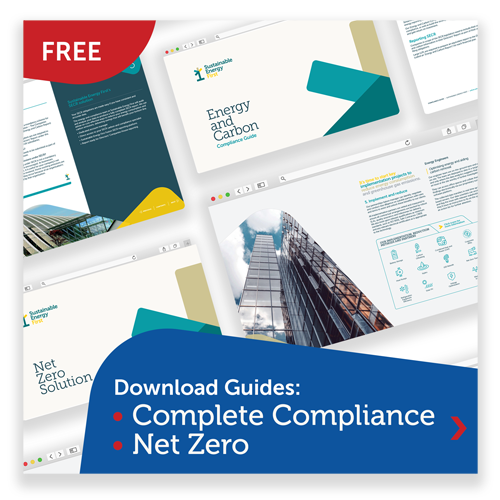Aviva has promised divestment from firms failing to meet ESG criteria. In news that’s shaking up the sector, what does it mean for net zero?
Aviva CEO Mark Versey recently threw a bombshell under ESG investor practice. In this letter, he outlines ever-toughening ESG criteria he will expect companies to follow, but with a key difference.
Whilst not explicitly noted in the letter itself, Versey has reportedly promised that if firms don’t meet his criteria, he won’t hesitate to divest funds elsewhere towards more sustainable practice.
It sounds like no idle threat too, because similar messaging is coming from other financial institutions and investment houses as 2022 gets underway.
Here then is our quick guide to what companies will need to have in place to satisfy Versey and others as the year progresses. Versey has earmarked climate change, biodiversity, human rights and executive pay. Let’s consider each in turn, and their potential to drive net zero.
On climate change, corporates must:
- Achieve SBTi validation of their climate targets and plans
- Develop climate transition plans. Companies in higher-impact sectors should present these for shareholder approval. These should comply with the six guiding principles outlined by the CDP Framework
- 2050 net zero objectives must be set across Scope 1,2,3 emissions
- Absolute emissions halved by 2030
- Solid carbon reporting and performance indicators in place
On biodiversity, corporates must:
- Develop biodiversity action plans, taking into account emerging best-practice guidance frameworks, such as the Science Based Target Network (SBTN) for Nature,or the Task Force on nature-related Financial Disclosures (TNFD)
- Public reporting of performance against targets
On human rights, corporates must:
- Identify and assess the actual and potential human rights risks and impacts of their business activities. The scope of due diligence activities should extend through the value chain
- Track and review performance of mitigation and remediation
- Publicly report human rights issues, actions and targets, including evidence of engagement with affected stakeholders and remediation action taken
On executive pay, corporates must:
- Ensure performance targets meaningfully reflect sustainability goals
- Externally validate sustainability pay targets that are clearly linked to the commercial strategy
- Long-term targets that are fundamentally at odds with sustainability commitments should be retired
- Total expected pay outcomes should not be inflated due to the inclusion of additional sustainability performance metrics
Getting it all in place for Net Zero
This is by no means a simple list to achieve, but it’s one that unequivocally will help drive net zero outcomes. In the first instance, businesses should ensure they have the correct internal expertise or external consultancy support to put long-term ESG solutions in place.
Pace of change will be driven by people and financial resource to push at the challenges. Before setting out how to meet these goals, getting the right teams and support in place will pay the necessary dividends. Change is urgently required but the most fundamental change may start with defining teams and not dashing headlong at complex ESG requirements.
Seek the best engagement
Further, the FT notes that investors can’t necessarily ‘wish away’ problem assets. Divestment isn’t something they are actively seeking; it’s a necessity only if firms refuse to partner up on the steps required.
Therefore engaging with investors setting tough new criteria and seeking their assistance or advice isn’t to be avoided. Rather, this should be seen as a welcome realisation that challenges exist and that maintaining existing investment by improving practice will drive the business forward.
The FT also recognises that all sustainability metrics are linked with each other. This means that a truly collaborative approach, perhaps with other companies facing similar challenges within similar sectors could lead to knowledge sharing and resource pooling, that might help firms struggling to scale up or manage new ESG criteria by themselves alone.
This applies to government engagement too. The FT writes that financial institutions can’t take all the responsibility, it lies centrally too.
Scale means opportunity
In conclusion, the new ESG landscape might make some businesses fearful. But remember that scale means opportunity. When everyone moves in a similar direction, new markets open up and competitive advantages make buying in the right solutions and moving in the most sustainable direction more affordable.
Yes, the moves of Aviva and other investors are deep-rooted and pivotal. But they may spark cheaper renewable options, tariffs and other competitively-based instruments that will guide the real world transition to ESG-compliant business.
Once again, the direction of travel for business has been redefined; sustainability and net zero. ESG criteria and divestment are complex, but engaging and embracing their demands with positivity is the way to go.























